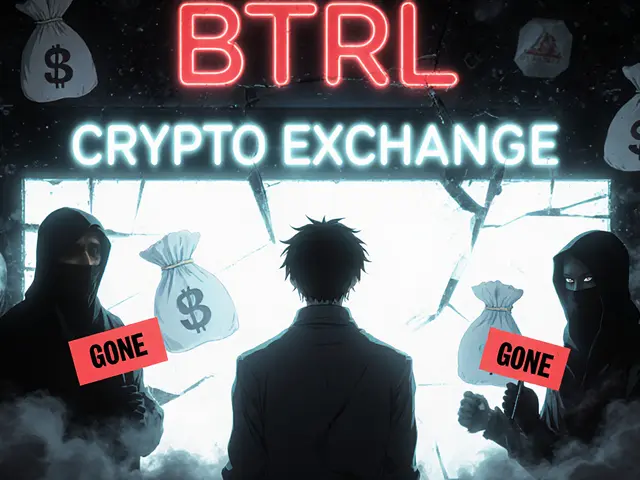Blockchain Interoperability
When talking about blockchain interoperability, the ability of different blockchain networks to share data and assets without friction. Also known as cross‑chain compatibility, it lets users move tokens, NFTs, and smart‑contract calls across chains as easily as sending an email.
One of the core ways this works is through cross‑chain bridges, software layers that lock assets on one chain and mint equivalents on another. Bridges enable seamless transfers, so you can swap a token from Ethereum to a faster network like Polygon in seconds. Another piece of the puzzle is atomic swaps, peer‑to‑peer exchanges that settle instantly without a trusted third party. Atomic swaps require hash‑time‑locked contracts and give users full custody during the trade. Together, bridges and swaps form the technical backbone of blockchain interoperability.
Key Platforms Driving Multi‑Chain Futures
Projects such as Polkadot, a heterogeneous multi‑chain framework that uses parachains to process transactions in parallel and Cosmos, a network of independent blockchains connected by the Inter‑Blockchain Communication (IBC) protocol take interoperability a step further. Polkadot connects diverse chains through a shared security model, while Cosmos facilitates direct messaging between sovereign blockchains. Both platforms illustrate how standard communication protocols can unlock new use cases, from cross‑chain DeFi lending to multi‑network NFT marketplaces.
Understanding these building blocks matters whether you’re a developer building a cross‑chain dApp or a trader looking to hop between ecosystems for the best yields. Below you’ll find a curated set of guides, deep‑dives, and practical tutorials that break down how bridges work, how to set up atomic swaps, and how Polkadot and Cosmos ecosystems are shaping the future of seamless blockchain interaction. Dive in to see actionable insights, real‑world examples, and step‑by‑step instructions that will help you navigate the multi‑chain world with confidence.
Explore how DeFi composability lets blockchain protocols connect like Lego blocks, boosting efficiency, innovation, and speed while highlighting security challenges and best practices.
Read More





